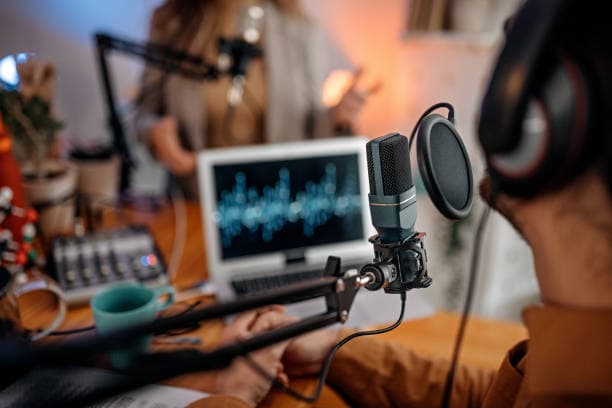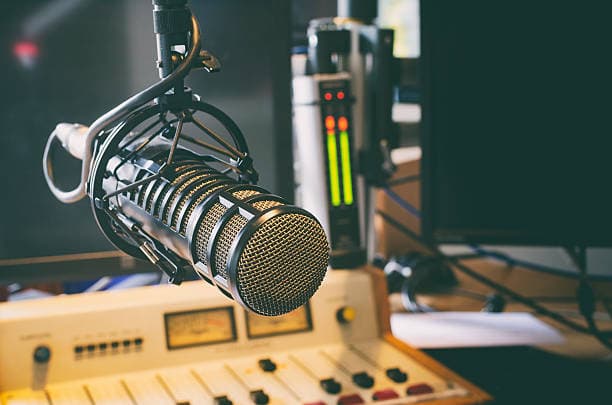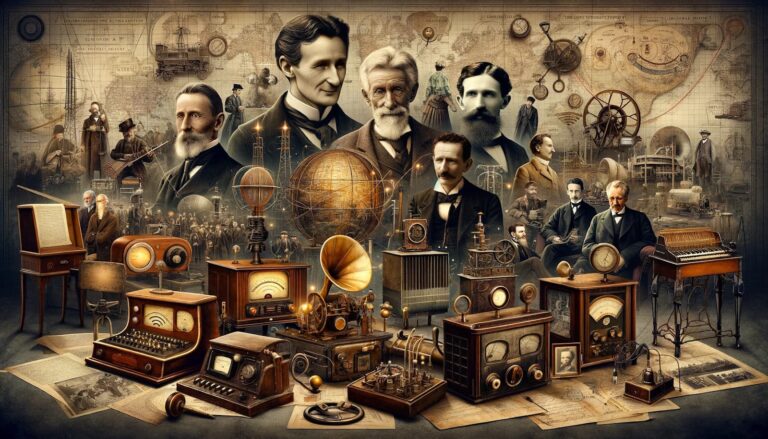The world of music and radio has been intertwined for over a century, creating an inseparable bond between sound and transmission. Radio waves have carried melodies, beats, and voices across borders, shaping musical trends and cultural landscapes. Whether through AM/FM stations, satellite signals, or digital streaming, radio remains a powerful medium for musical discovery. Today, despite the rise of online platforms, radio continues to play a vital role in how people experience and enjoy music. Just like writing a Bachelorarbeit, understanding the relationship between music and radio requires research, historical context, and a deep appreciation of innovation. This article explores the evolution, influence, and future of music in the realm of radio broadcasting.
The Birth of Music on the Airwaves
The story of music and radio begins in the early 20th century when broadcasting technology was still in its infancy. Radio, initially used for military and maritime communication, quickly became a medium for entertainment. In the 1920s, the first music broadcasts reached homes, allowing people to experience live performances without leaving their living rooms.
Key Milestones in Early Radio and Music:
- 1920 – First Commercial Radio Broadcast: Station KDKA in Pittsburgh broadcasted the first scheduled radio program.
- 1930s – Rise of Radio Orchestras: Large orchestras performed live on radio, bringing classical and jazz music to mass audiences.
- 1950s – The Rock ‘n’ Roll Revolution: Radio played a crucial role in popularizing rock music, with DJs introducing emerging artists to the public.
- 1960s – The British Invasion: Bands like The Beatles and The Rolling Stones gained popularity through radio airplay.
- 1980s – The FM Boom: Higher sound quality led to specialized music stations and greater audience segmentation.
How Radio Shaped Musical Trends
Radio has always been a driving force behind musical trends. In the pre-internet era, it was the primary way for people to discover new music. DJs had significant influence, often being the first to introduce new genres, from jazz and rock to hip-hop and electronic music.
Ways Radio Influenced Music:
- Creating Hit Songs: Frequent airplay turned songs into chart-toppers.
- Genre Expansion: Radio stations dedicated to specific genres helped niche styles gain recognition.
- Music Journalism: Radio hosts and critics provided commentary, shaping public perception of artists.
- Live Performances and Interviews: Many legendary performances were first heard on radio.
The Golden Age of Radio DJs
During the mid-20th century, radio DJs were more than just announcers; they were trendsetters. DJs like Alan Freed, Wolfman Jack, and John Peel became cultural icons, known for their distinct voices and eclectic music selections. They introduced the world to new artists, broke racial barriers in music, and created an intimate connection with listeners.
Notable DJs and Their Influence:
- Alan Freed: Coined the term “rock and roll” and promoted early rock music.
- Wolfman Jack: His unique voice and rebellious attitude made him a favorite among young audiences.
- John Peel: Championed underground and alternative music in the UK.
The Transition to Digital: Is Traditional Radio Dying?

With the rise of digital platforms like Spotify, Apple Music, and podcasts, many speculate about the decline of traditional radio. While terrestrial radio faces challenges, it remains relevant in various ways:
- Local News and Community Engagement: Radio stations provide localized content that streaming services cannot.
- Live Music and Exclusive Interviews: Many artists still debut new songs on radio before releasing them online.
- Car Listenership: Despite streaming growth, many people rely on FM/AM radio during commutes.
- Talk Shows and Interactive Content: Call-in shows and live discussions keep audiences engaged.
The Future of Music and Radio
Radio continues to evolve, integrating digital advancements such as:
- AI-Generated Playlists: Personalized radio stations based on listener preferences.
- Podcast Integration: Many radio stations now host on-demand podcasts.
- Hybrid Models: Streaming services are launching radio-style experiences.
- Interactive Radio: Listeners can now influence live playlists and engage with DJs in real-time.
How Different Cultures Use Radio for Music
Across the globe, radio serves different purposes in music dissemination. In the U.S., top 40 charts dictate airplay, while in countries like Cuba, local radio promotes traditional sounds. In Africa, radio plays a major role in preserving indigenous music, and in Japan, radio remains a critical medium for launching new J-pop and anime soundtracks.
Cultural Impact of Radio in Music:
- Latin America: Salsa, reggaeton, and cumbia thrive through regional radio stations.
- Europe: Diverse formats from electronic dance music (EDM) stations to classical broadcasts.
- Asia: K-pop and J-pop use radio as a tool for both local and global marketing.
- Africa: Traditional and contemporary Afrobeat artists rely on radio for exposure.
Conclusion
The relationship between music and radio remains strong despite technological changes. Radio waves continue to carry rhythms that define generations, offering both nostalgia and innovation. Whether through classic FM channels or modern digital formats, the intersection of music and broadcasting remains a vital part of our cultural landscape. As music evolves, so too will radio, ensuring that listeners always have a place to discover, enjoy, and connect with sound.
In the grand scheme of media evolution, radio has proven to be resilient, adapting to new technologies while retaining its fundamental essence. While streaming services and AI-driven algorithms shape how we access music today, radio remains a bridge between tradition and innovation, making it an enduring force in the world of sound.














